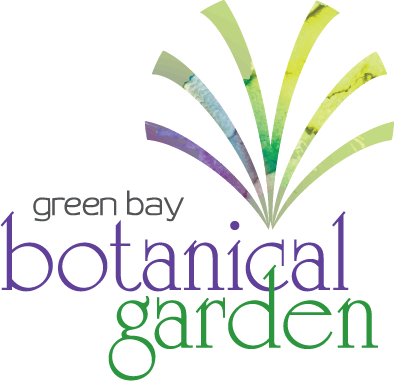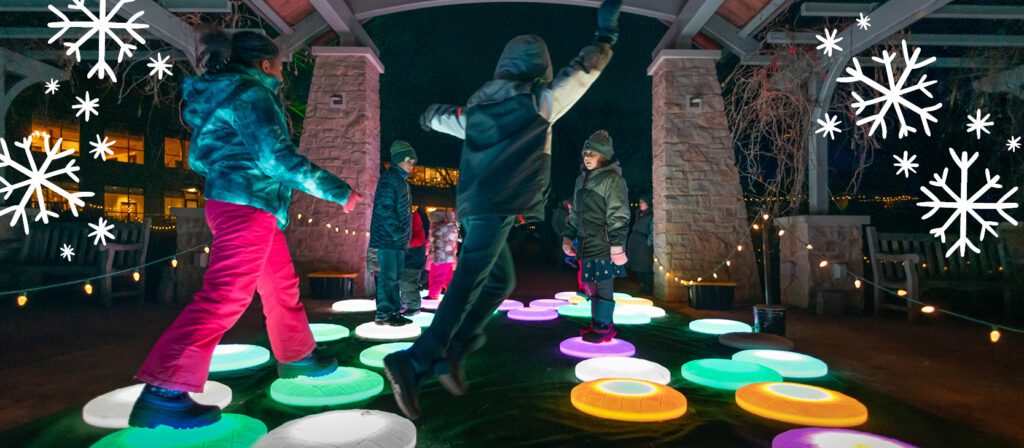They aren’t a plant and they aren’t an animal, so what are algae?
Algae are primary producers, which means that they’re at the very bottom of the food chain. They create their own food through photosynthesis like plants do, but they’re actually considered protists.3 They serve as food for small aquatic critters like insects and small fish, so they’re actually an important part of the ecosystem. So, if that’s the case, what’s our gripe with algae?
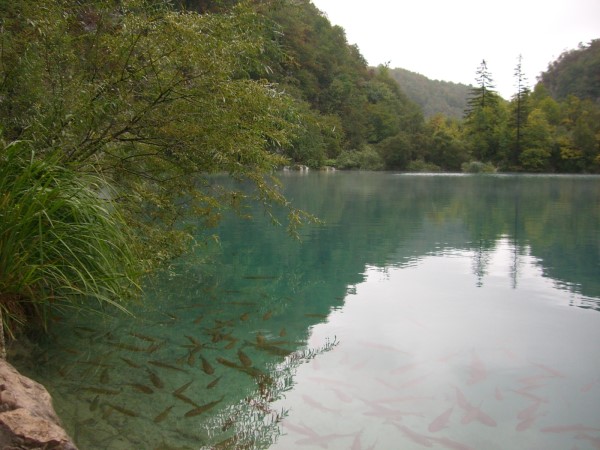
Trouble in the Water
When a variety of controlled algal growth is present, it’s good for a body of water. When the growth gets out of hand, it can be incredibly harmful. When a body of water has too many nutrients, algae have a feast and grow and reproduce rampantly.5 Those nutrients will stay in the aquatic system and compound year after year.6
Massive blooms cause concern because although algae undergo photosynthesis, they consume more oxygen than they create.4 In large concentrations, algae have the ability to reduce the oxygen levels in a body of water, which harms aquatic organisms like fish who need oxygen to survive.
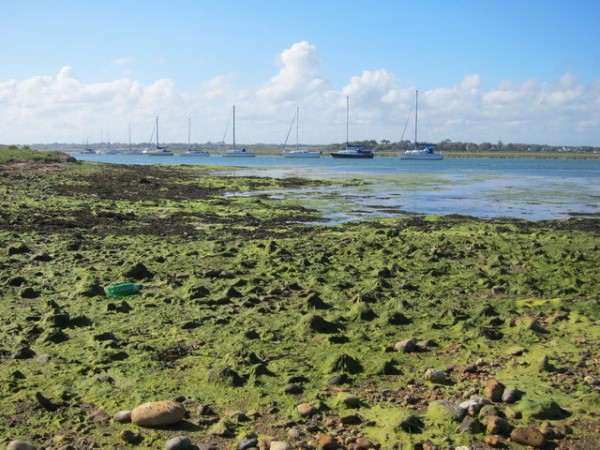

Big, Bad Cyanobacteria
Just like not all of us are great athletes, not all algae are able to compete for resources as well as their peers.6 Cyanobacteria, or blue-green algae, are very competitive algae.1 Because they’re able to best take advantage of overabundant nutrients, they’ll often choke out other algae varieties. Doesn’t sound like a team player to me.
The biggest problem is that blue-green algae is not a true algae. What do I mean by that? True algae are primary producers because other organisms consume them. Cyanobacteria are toxic, so no other organism really benefits from its existence.2
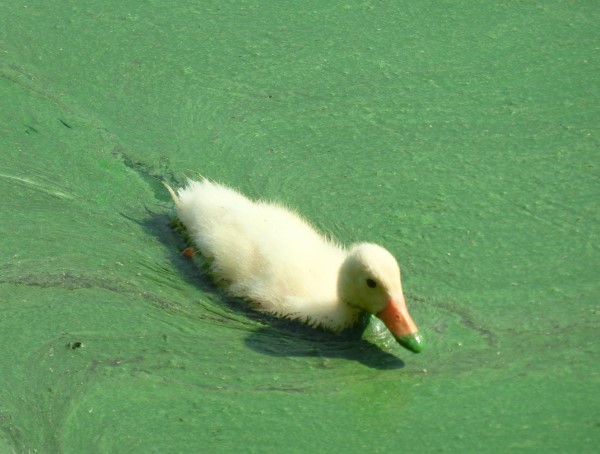

Exposure to blue-green algae can cause negative side effects for humans and animals too, so if you ever see large blooms, it’s best to cancel your beach day. Always pay attention to posted advisories, and don’t swim in, boat on, or drink water with excessive cyanobacteria.2
A Way Out
Thankfully, there are ways for us to better regulate algal biodiversity and discourage overgrowth.
More often than not, overabundance of nutrients in a body of water is caused by human activity.6 Whether it’s fertilizer leaching into a lake or a stream’s shoreline eroding, we do a lot of things that add nutrients to our ponds. If we’re able to prevent those nutrients from entering the system by taking care of shorelines, maintaining septic systems, and minimizing our fertilizer use, we’re able to directly control algae populations.2
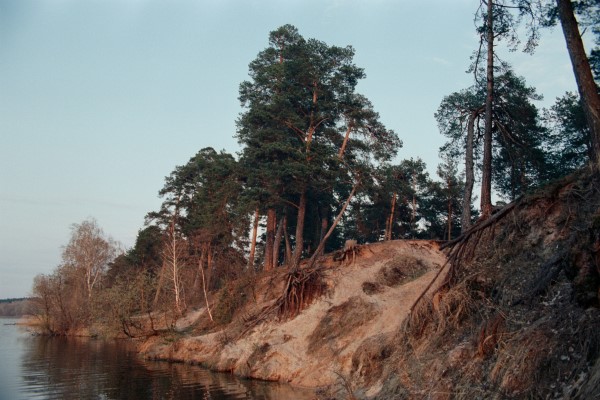

Learn more about Wisconsin’s aquatic ecosystems by visiting the Carol & Bruce Bell Children’s Garden. At the Fischer Family Lily Pad Splash Play area and the Parrish Family Rain Drop Garden, you’ll get to say hello to some of our local marsh dwelling friends, learn more about aquatic habitats, and why water is so important to our ecosystem.
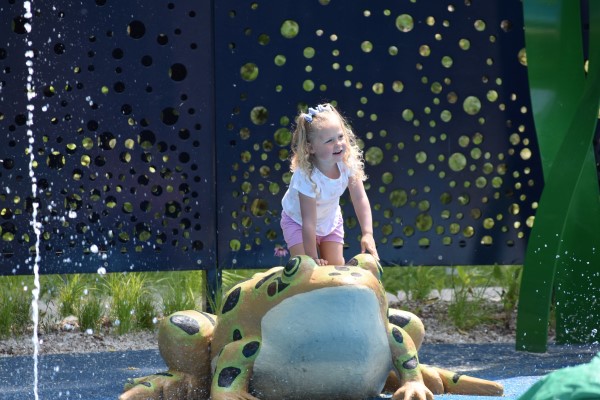

Sources
1. “Algal Mechanisms.” RIPE, https://ripe.illinois.edu/objectives/algal-mechanisms.
2. “Blue-Green Algae.” Wisconsin DNR, dnr.wisconsin.gov/topic/lakes/bluegreenalgae. Accessed 20 June 2023.
3. Brönmark, Christer, and Lars-Anders Hansson. “3.6.2 Algae.” The Biology of Lakes and Ponds, 3rd ed., Oxford University Press, Oxford, UK, 2018
4. Deas, Michael L, and Gerald T Orlob. “Klamath River Modeling Project.” KrisWeb, United States Fish and Wildlife Service Klamath Basin Fisheries Task Force, Dec. 1999, https://www.krisweb.com/krissheepscot/krisdb/html/krisweb/biblio/klamath_ucd_deasorlab_1999_wq.pdf.
5. Jackson, Leland J., et al. “Environmental Constraints on Didymosphenia Geminata Occurrence and Bloom Formation in Canadian Rocky Mountain Lotic Systems.” Canadian Journal of Fisheries and Aquatic Sciences, vol. 73, no. 6, 2016, pp. 964–972, https://doi.org/10.1139/cjfas-2015-0361.
6. Milwaukee County Land & Water Resource Management Plan. Milwaukee County Environmental Services, June 2005, https://county.milwaukee.gov/files/county/administrative-services/Environmental-Services/MilwaukeeCountyLWRMPPowerpoint.pdf.
